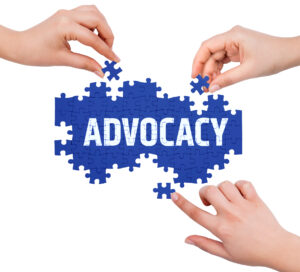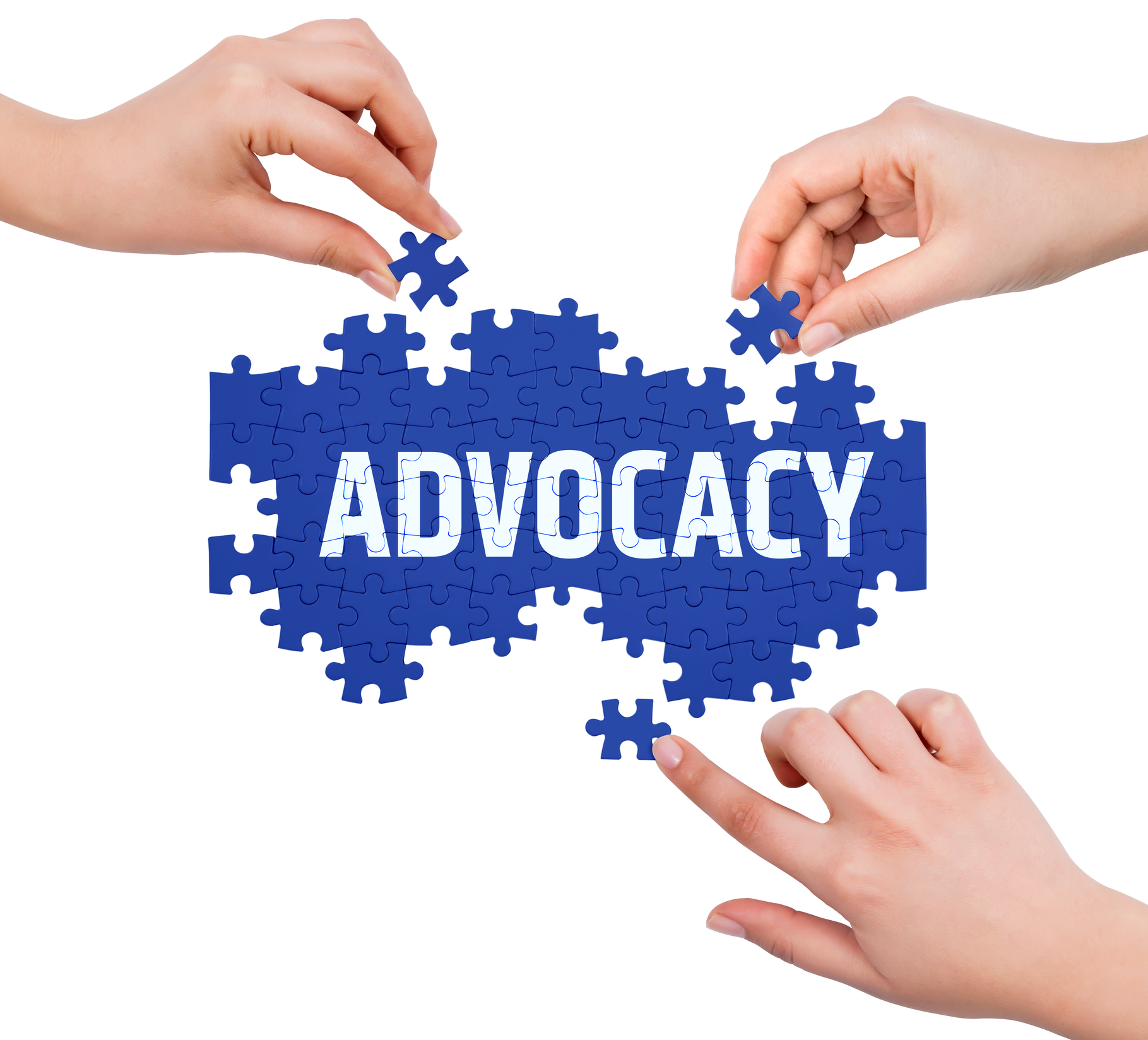If the family wants an ASL interpreter is the school required to provide one?
 Question from the field: We have two students who were raised by Deaf families in ASL environments. Both have moderate to severe hearing loss with access to speech via amplification. The students are preschool and in grade 1. Neither are fluent in listening and spoken language (LSL). The district doesn’t want to provide interpreters because the students can ‘hear’. One student is not fluent enough in LSL to access verbal instruction. The other student has significant LSL skills but still reports frequent frustrations with access and comprehension.
Question from the field: We have two students who were raised by Deaf families in ASL environments. Both have moderate to severe hearing loss with access to speech via amplification. The students are preschool and in grade 1. Neither are fluent in listening and spoken language (LSL). The district doesn’t want to provide interpreters because the students can ‘hear’. One student is not fluent enough in LSL to access verbal instruction. The other student has significant LSL skills but still reports frequent frustrations with access and comprehension.
Academic learning is driven by communication access.
This statement needs to be restated repeatedly and remembered constantly! The premise of providing a free and appropriate public education (FAPE) begins with the assumption that the student will be exposed to – and be able to perceive – school instruction. Job #1 in FAPE, especially for students with hearing loss, is to ensure access to instruction. As clarified by the US Supreme Court in 2017, schools need to provide instructional services and supports necessary for the student to make meaningful progress in the regular curriculum in light of the child’s circumstances. Minimal achievement gains are not enough. For students with hearing loss who have no other learning issues, the child’s primary circumstance is a lack of full communication access as the cause of past and present learning issues.
| iv) Consider the communication needs of the child, and in the case of the child who is deaf or hard of hearing, consider the language and communication needs, opportunities for direct communication with peers and professional personnel in the child’s language and communication mode, academic level, and full range of needs, including opportunities for direct instruction in the child’s language and communication mode, and (v) Consider whether the child requires assistive communication devices and services. 34 CFR 303.324(2) |
Special education law has specifically recognized the critical nature of communication access for students who are deaf or hard of hearing via the Special Considerations Section of IDEA. This provides a communication driven, child-centered appropriate in creating an education program that is driven by the child’s right to fully and effectively access communication that makes benefitting from education possible. This emphasis on equal access to communication is also specified within the Americans with Disabilities Act in which schools must ensure that communication is as effective for students with hearing loss as it is for peers.
The decision about the appropriateness and necessity of providing classroom ASL interpreters needs to be guided by the discussions of the IDEA Special Considerations. The following questions should be some of those that are answered by the student’s IEP team as the special consideration factors are discussed:
1. How effectively is the student able to access/comprehend using his or her communication mode(s)?
2. What appears to be the level of comprehension in different situations (i.e., quiet vs noisy class)?
3. If the child uses both sign and spoken language the team needs to understand how, when, where, why and who the child communicates with each language modality. Spoken language may be adequate for routine activities but not sufficient for the student to (fully) comprehend teacher instruction.
4. How will the student access the inferential learning opportunities that hearing children are exposed to daily? What about peer-to-peer interactions, such as group work or class discussion?
5. What hearing technology does the student use and the level of benefit? Do the hearing aids plus an FM/DM device allow the student to close their comprehension gap fully? What is his ‘listening gap’?
6. What is the student’s language level in comparison to the teacher’s instructional language level? Does comprehension of instruction increase from one communication modality over another?
7. What is the student’s ASL vocabulary development level in comparison to their spoken language development level? (Refer to the White Paper on Estimating Access for more information)
8. What level of facilitation will be needed for the student to be able to meaningfully communicate with peers and adults?
When a child can be observed to ‘hear’ it is logical – but incorrect – to assume that they can understand.
Data must be collected to determine how and when either ASL or LSL is the most effective means of communication for a student who has some skills in both. Data drives informed decision-making.
Learning a new language takes exposure and TEACHING when there are delays due to access issues.
There are two important pieces of knowledge that have been gained from research on language learning by children who receive cochlear implants that are applicable to question from the field.
a. Children who develop language via signing and then are implanted will more quickly learn listening and spoken language. As they are exposed and taught LSL, their previous language experience works as a scaffold to support verbal language learning. The better the ASL language level, the faster the rate of spoken language development once consistent hearing and appropriate LSL instruction are provided.
b. It takes time! Access to sound does not magically result in knowledge of spoken language. Knowledge must be learned. A child who is 5 years old or older who is implanted and heavily reliant on signs takes a minimum of 12 months of appropriate, knowledgeable, and intensive instruction in listening and spoken language before a major improvement in language can be expected. Not age equivalent comprehension – but beginning to rely on spoken language in some situations for understanding.
In the case of a child who was raised in an ASL environment that did not include an emphasis and consistent work to develop LSL skills it can be assumed that just having hearing aids on did not allow the child to develop spoken language at an adequate rate to allow him or her to be able to comprehend and compete with age peers within a typical classroom setting without an ASL interpreter.
Based on language levels in ASL and LSLS, key decisions would likely be:
- What intensity of direct intervention in listening skills is necessary to result in LSL fluency within one (Two? Three?) academic year? Daily intensive intervention by a skilled LSL provider may be likely as the child will not be exposed many hours to good spoken language models outside of school. The sooner the student can rely on listening as the primary access to classroom learning the sooner the expense of having an interpreter can be eliminated.
- What is the plan for the interpreter, classroom teacher, and classroom aide (if any) to work together to facilitate the student’s communication during instruction, incidental language exposure, and peer-to-peer communication? When would LSL be used? When would ASL be used?
- What are the communication benchmarks to look for during progress monitoring that will signal a switch from full interpretation of all class communication to using ASL to scaffold what the child does not understand when presented information by spoken language only? This is an incremental stepwise process.
Ultimately, what educational program will allow the child to access communication at a level that there will be meaningful academic progress?

